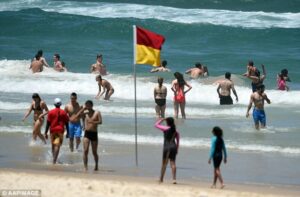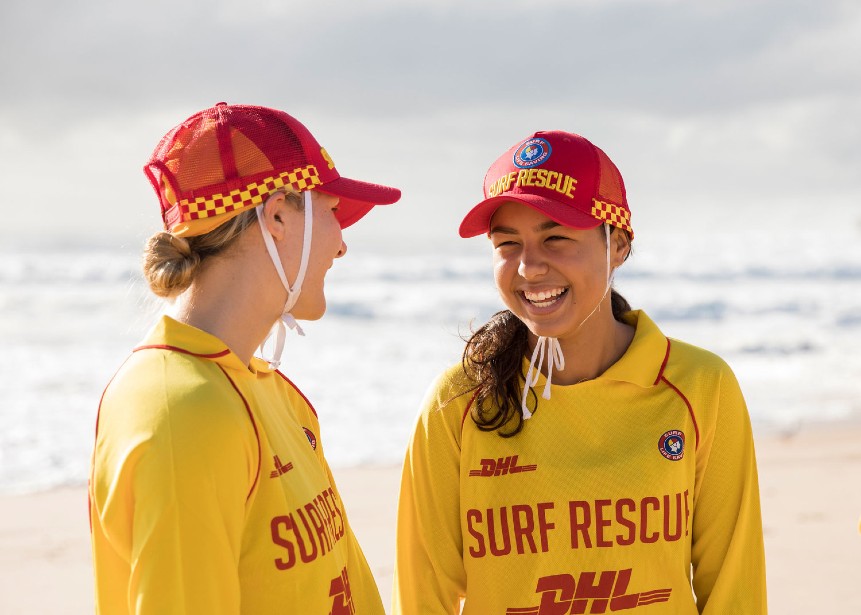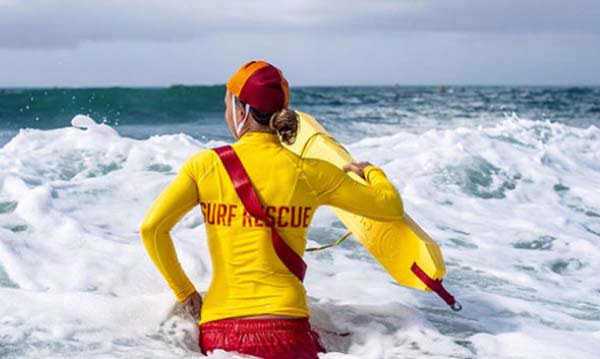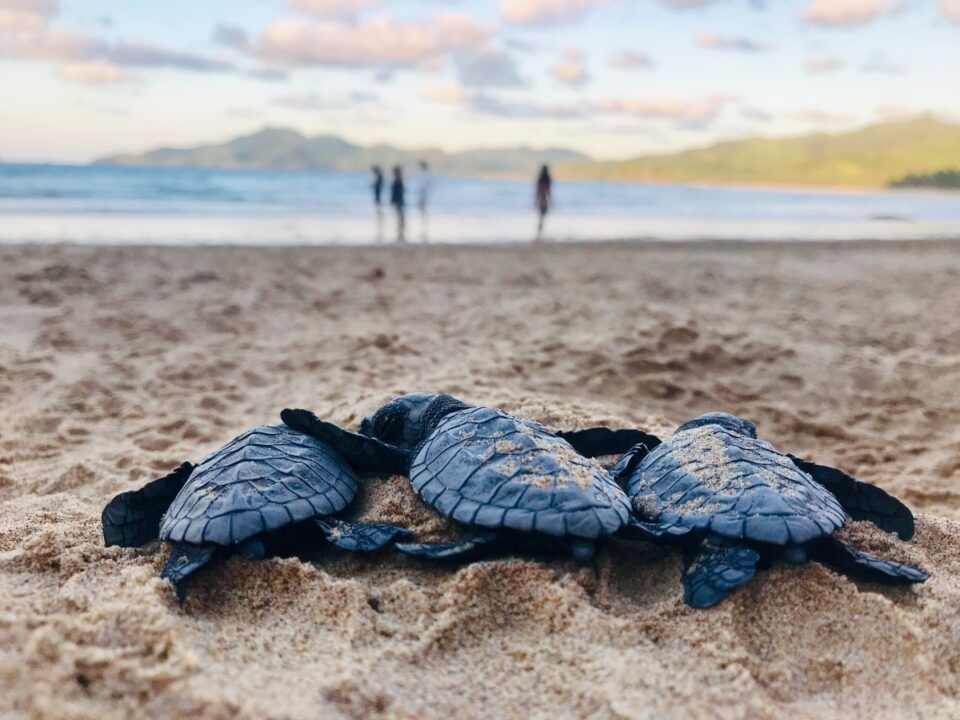Wave is created by energy such as the wind. As the wind blows across the ocean passing through water it causes it to move in a circular motion.
Waves will form into a regular pattern of larger and smaller waves. The larger waves in the pattern are called sets. The smaller waves are referred to as the lull. The time between each wave crest is called the wave period and is measured in seconds.
Different conditions affect waves. It’s important to understand how waves work and what types of waves may be at the beach when you visit. Watch this video to learn more about how waves are formed.


 Spilling or rolling waves are found where there are generally flat shorelines. They occur when the crest breaks onto the wave face itself. These are generally the safer types of waves to swim in.[/cq_vc_materialcard]
Spilling or rolling waves are found where there are generally flat shorelines. They occur when the crest breaks onto the wave face itself. These are generally the safer types of waves to swim in.[/cq_vc_materialcard]










